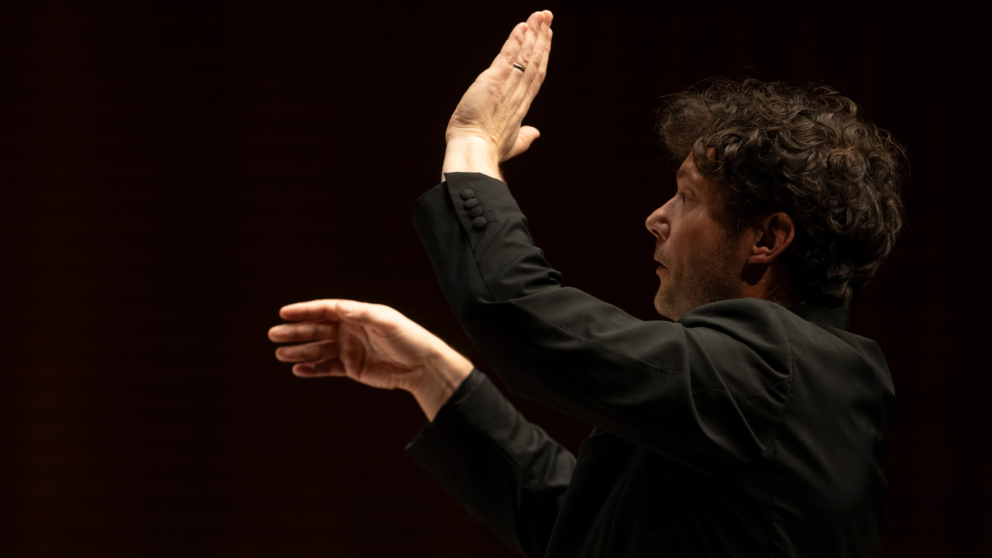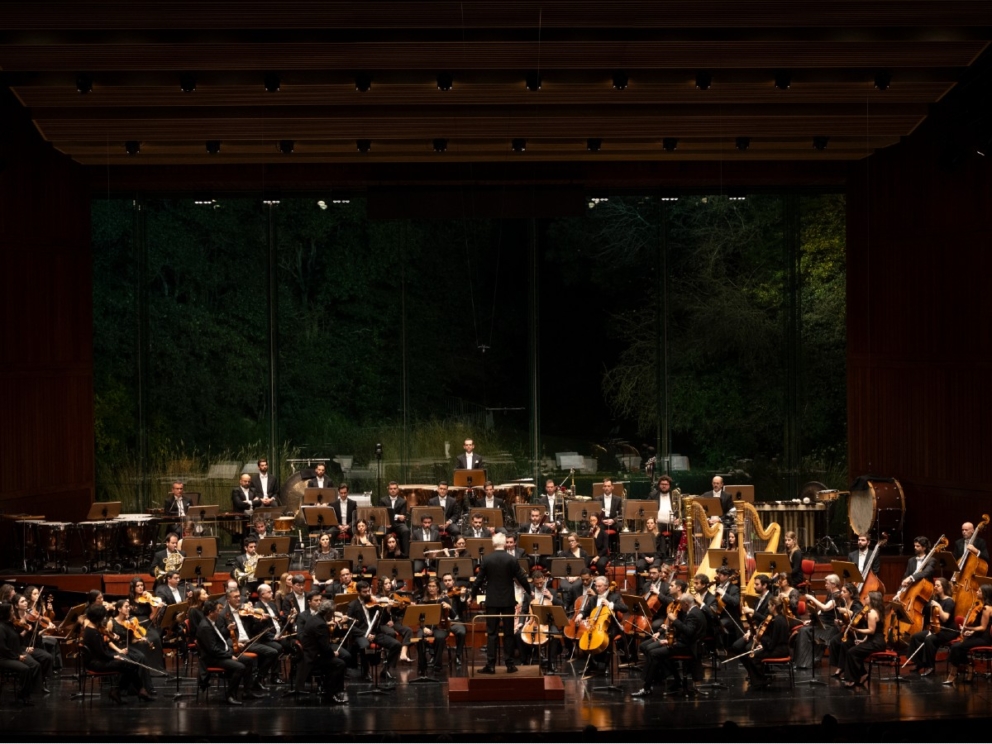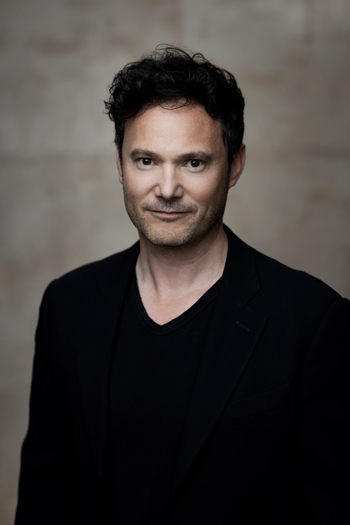Debussy: Prélude à l’après midi d’un faune
Orquestra Gulbenkian / Matthew Halls

A presença inspiradora de elementos da natureza na atividade criativa de Claude Debussy e de outros compositores ativos em França na transição para o século XX, entre os quais Maurice Ravel (1875-1937), Paul Dukas (1865-1935) e Frederick Delius (1862-1934), trouxe consigo associações frequentes à corrente do Impressionismo, ainda que, sob a aparência vaga e generalizadora de algumas destas analogias com o domínio plástico, tivessem ficado esquecidas as especificidades estético-estilísticas individuais, bem como as influências de outras áreas de expressão intelectual, designadamente da literatura. A relação com este último domínio aparece em destaque no célebre Prélude à l’après-midi d’un faune, uma das páginas orquestrais mais célebres de Debussy, ao lado dos três esboços sinfónicos que constituem La mer. Trata-se aqui da evocação de uma natureza mítica, tal como representada em Prélude, interludes et paraphrase finale pour l’après-midi d’un faune, um dos mais belos poemas do escritor Stéphane Mallarmé (1842-1898), representante destacado do movimento simbolista francês na segunda metade do século XIX.
Do projeto inicial de composição, em três andamentos, Debussy reteve apenas o Prelúdio, composto entre 1892 e 1894, no mesmo período em que foi iniciada a composição da ópera Pélleas et Mélisande. É o compositor quem melhor explicita o significado da obra, com as seguintes palavras: “…uma ilustração muito livre do belo poema de Stéphane Mallarmé, mas que não pretende, de nenhum modo, ser uma síntese do mesmo. São antes os quadros sucessivos através dos quais se movem os desejos e os sonhos de um fauno no calor do início da tarde. Depois, em lugar de seguir o curso da fuga amedrontada das ninfas e das náiades, entrega-se antes a um estado inebriante, repleto de sonhos enfim realizados, de possessão total na natureza universal”. A peça de Debussy serviria de base para o bailado L’après-midi d’un faune, coreografado por Vaslav Nijinsky para os Ballets Russes e estreado no Théâtre du Châtelet, em Paris, em maio de 1912.
Intérpretes
- Maestro
-

Gulbenkian Orchestra
In 1962, the Calouste Gulbenkian Foundation decided to establish a permanent orchestral ensemble. Originally with only twelve musicians (strings and continuo) it was named “Orquestra de Câmara Gulbenkian”. This collective was successively enlarged and today the “Orquestra Gulbenkian” (the name it has adopted since 1971) has a permanent body of sixty instrumentalists, a number that can be expanded depending on the repertoire.
This structure allows the Gulbenkian Orchestra to interpret works from the Baroque and Classical periods, a significant part of 19th century orchestral literature and much of the music of the 20th century, including works belonging to the current repertoire of the traditional symphonic orchestras. In each season, the orchestra performs on a regular series of concerts at the Gulbenkian Grand Auditorium in Lisbon, where it has had the opportunity of working together with some of leading names of the world of music (conductors and soloists). It has also performed on numerous locations all over Portugal, in an effort to decentralize music and culture.
The orchestra has been constantly expanding its activities in the international level, performing in Europe, Asia Africa, and the Americas. In the recording field, Orquestra Gulbenkian is associated to labels as Philips, Deutsche Grammophon, Hyperion, Teldec, Erato, Adès, Nimbus, Lyrinx, Naïve and Pentatone, among others, and this activity was recognized with several international prizes.
-

Matthew Halls
Conductor
Matthew Halls was named Chief Conductor-designate of Finland’s Tampere Philharmonic in September 2022. He returns to Tampere this autumn to conduct Bruckner’s Seventh Symphony, before debuting with the Orchestre de chambre de Paris and Minnesota Orchestra, and continuing long-standing partnerships with the Mozarteumorchester Salzburg, Houston Symphony and Indianapolis Symphony.
Matthew regularly guest conducts the Cleveland Orchestra, Seattle Symphony, Iceland Symphony, Wiener Symphoniker, Finnish Radio Symphony, Dallas Symphony and Los Angeles Chamber Orchestra among others. Recent highlights include Mahler’s “Resurrection” Symphony with the Toronto Symphony, the US premiere of James MacMillan’s Fourth Symphony with Pittsburgh Symphony (Matthew previously conducted the world premiere of MacMillan’s European Requiem) and his Chicago Symphony debut.
With a background in period-performance, Matthew was one of the first to guest conduct Nikolaus Harnoncourt’s Concentus Musicus Wien. His discography includes Bach’s Harpsichord Concertos directed from the keyboard, the premiere recording of Handel’s Parnasso in Festa (which won the Stanley Sadie Handel prize) and Bach’s Easter and Ascension Oratorios. In the theatre, his operatic credits range from Handel’s Ariodante to Puccini’s Madama Butterfly.
Programa
Claude Debussy
Prélude à l’après-midi d’un faune
